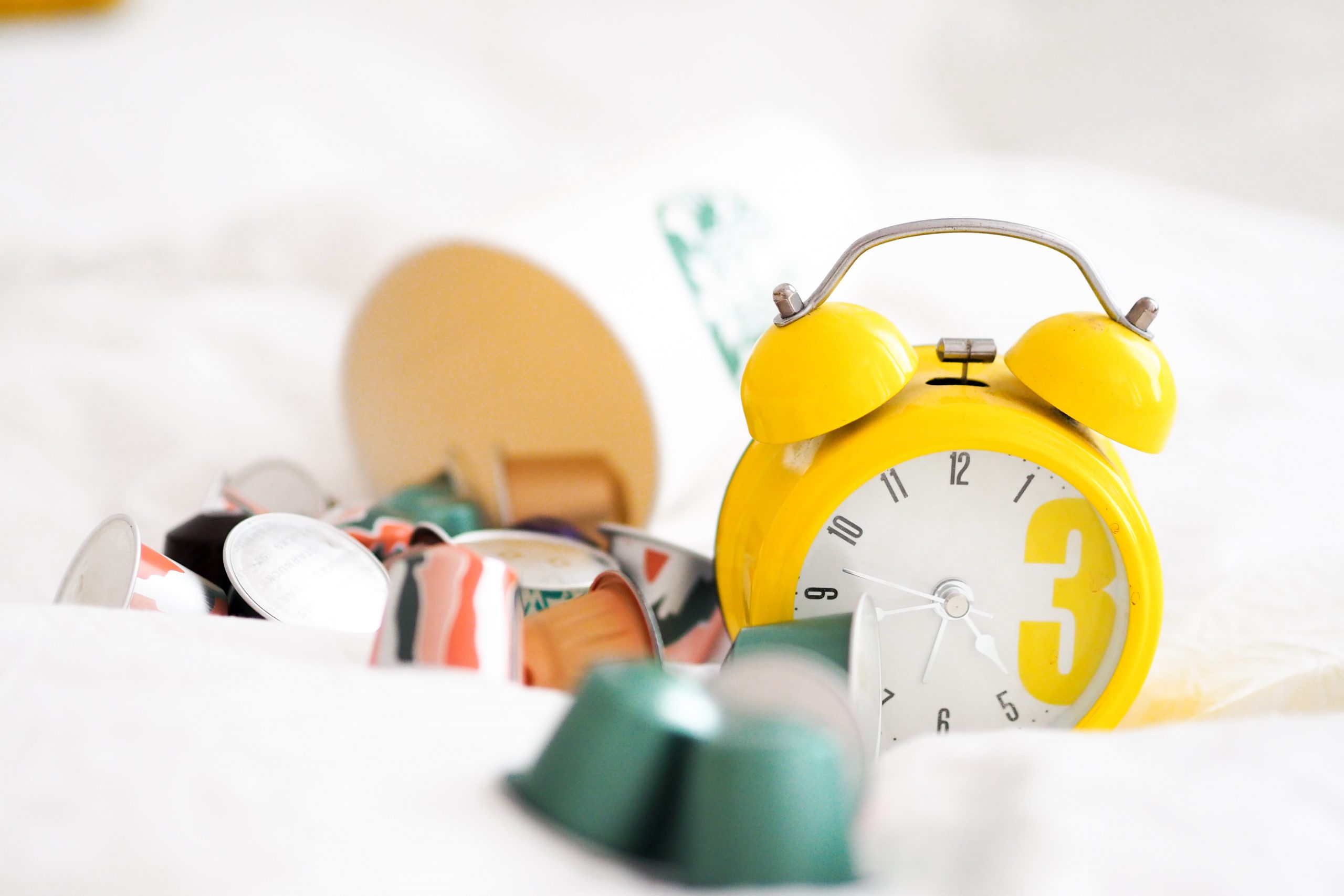Experienced practitioners know that alternating periods of wakefulness and sleep can increase the possibility of inducing lucid dreams. Now, sleep fragmentation has become the subject of scientific study.
In September 2020, the journal Consciousness and Cognition published an article by European researchers led by Jarrod Gott from the Radboud University Medical Center in the Netherlands. In this study, the authors explore in depth the question of the cause-and-effect relationship between sleep fragmentation and lucid dreams.
Scientists note that lucid dreaming, in terms of the level of awareness and neural activity in the brain, is similar to the state of wakefulness. At the same time, using the technique of alternating sleep and wakefulness, it is possible to increase the frequency of lucid dreams.
For example, patients with narcolepsy who spontaneously experience fragmented sleep at night and sleep attacks during the day report a significant increase in lucid dreaming after their attacks. And the technique of falling asleep and waking up with an alarm clock are noted by lucid dreaming practitioners as being one of the most effective.
Another phase researcher, Michael Raduga, comments: “In one of our studies, we showed that any deviations from normal sleep and its duration inevitably lead to an increase in the number of phase state experiences, in one form or another. In other words, the phase state in this case is a form of disrupted sleep. It really can be used effectively in practice, but you need to understand the risks involved”.
Study participants likewise reported increased lucidity when their own sleep was determined to have been fragmented. This paints a relatively ambiguous picture: presumably, there is a link between sleep fragmentation and lucid dreams, but so far, the question of what physiological mechanisms underlie this phenomenon remains unanswered.




